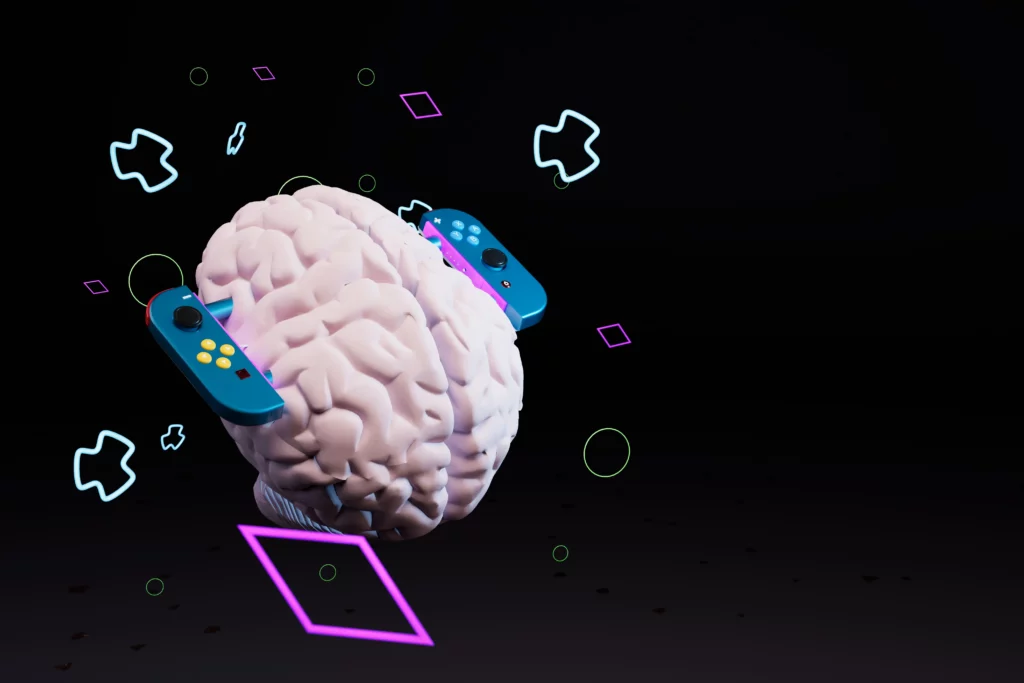
4 Best Voice-Controlled Devices for a Modern Home
Transform your home with the 4 best voice-controlled devices that boost convenience and security—discover which one fits your lifestyle perfectly.
Have you ever found yourself endlessly scrolling on social media, even when you planned to only check it for a minute? Or perhaps you’ve been drawn into a mobile game for hours without realizing how much time has passed? This isn’t a coincidence—it’s the result of deliberate design choices. Designers create experiences that are engaging, sticky, and often highly influential. By understanding the principles behind these interfaces, we can better comprehend how design influences us and affects our behavior and attention. This article explores the psychological levers digital creators pull to keep us engaged.

The digital era has brought us immense convenience and access to information. However, it has also exposed us to interfaces meticulously crafted to maximize our screen time. These digital tools aren’t neutral; they’re built to capture and hold our attention. Nir Eyal, in his book “Hooked: How to Build Habit-Forming Products,” describes a four-step model companies use to create addictive products. This cycle is a prime example of how design influences us at a subconscious level.
Gamification is the application of game-design elements and principles in non-game contexts. This technique increases user engagement and encourages specific behaviors, essentially making mundane tasks feel more rewarding. This is a subtle yet powerful way design influences our daily routines.
Colors and layouts aren’t just for aesthetics—they play a crucial role in shaping our emotional responses and guiding our actions. This is another way design influences our decisions, often without us even realizing it.
Designers also employ established persuasion principles to make us act quickly.
Ultimately, these design elements aim to achieve a state of “flow” for the user. Psychologist Mihaly Csikszentmihalyi coined this term, describing it as a state of complete immersion in an activity. When we’re in flow, we lose track of time, and our attention is fully concentrated on the task at hand. This is the ultimate goal of effective, and sometimes manipulative, design. App and website designers try to induce this feeling by creating a seamless and engaging experience. They minimize distractions, provide clear and immediate feedback, and present content that is just challenging enough to be interesting but not so difficult that it causes frustration. The goal is for the experience to be so smooth and rewarding that you simply can’t stop.
While these design principles can be used to create positive experiences (such as an app that genuinely helps you learn a new language), they can also be used manipulatively. The addictive design that influences our engagement with certain platforms can lead to issues like procrastination, decreased productivity, and even anxiety. The fear of missing out (FOMO) and the constant need for validation through likes and comments can take a toll on our mental well-being. Therefore, awareness of these design mechanisms is crucial. When we understand how design influences us, we can make more conscious decisions about how and for how long we interact with technology. We can question why we feel the need to scroll through a news feed or why we are drawn to a particular button.
The conversation about how design affects us has led to a growing discussion about ethics in design. Many designers now question whether their creations truly serve users or simply exploit their psychological vulnerabilities to generate profits. The “human-centered design” movement focuses on creating products that respect a user’s time and attention rather than just trying to maximize them. This includes features such as:
In summary, technology is a powerful force in our lives, and its design has a profound impact on how we think, feel, and act. By becoming more aware of the psychological principles that shape our digital interactions, we can empower ourselves to use technology more intentionally and less passively. The key is to recognize that design influences us. From there, we can reclaim control over our time and attention.

Transform your home with the 4 best voice-controlled devices that boost convenience and security—discover which one fits your lifestyle perfectly.

Harness the power of smart plugs to transform your home’s convenience and efficiency—discover the top five that truly stand out today.

Perfect your living space with the top 3 smart home devices that promise convenience, security, and energy savings—discover which upgrades truly transform your home.

Gain insight into how smart door locks enhance home security with cutting-edge features that traditional locks simply can't match. Discover their secrets inside.

Discover three top TVs that dramatically elevate your home theater experience—delivering stunning visuals and features you won’t want to miss.

Harness the power of immersive sound and discover how upgrading your home theater audio can transform every movie night into an unforgettable experience.